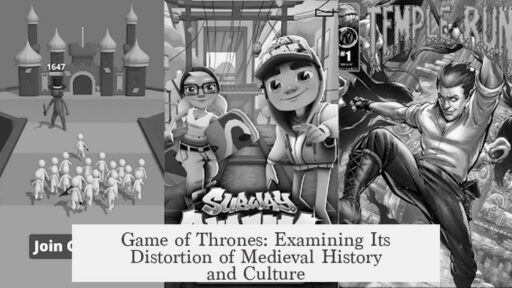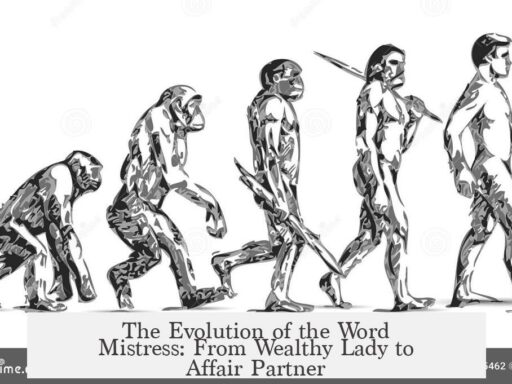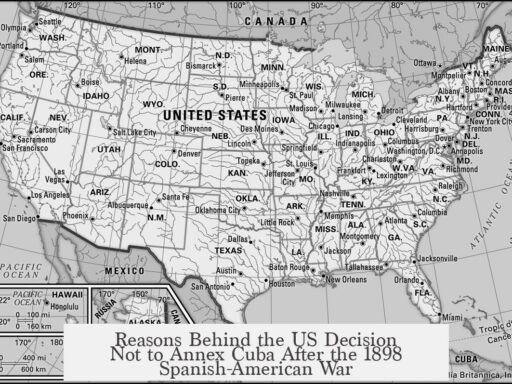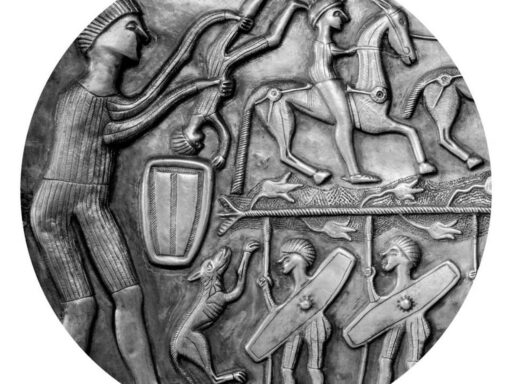Game of Thrones is not an accurate depiction of medieval times because it is a fantasy narrative designed by George R.R. Martin rather than a historical recreation. The world of Westeros draws from various periods and cultures in a blend that suits its storytelling. It is not intended to represent a realistic medieval society.
The setting and customs in Game of Thrones are shaped by artistic choices rather than historical facts. For instance, medieval Europe never used ravens for daily communication as shown in the series. This detail evokes a fantasy atmosphere rather than genuine medieval messenger systems.
Medicinal practices in the show also diverge from historical reality. The use of morphine, popular in Game of Thrones for pain relief, was not known in the Middle Ages. Such medical liberties highlight the mix of anachronistic and invented elements present throughout the story.
Additionally, some cultural and legal ideas in the series originate in modern thinking. Tyrion’s refusal to consummate his marriage and his use of the term “rape” reflect contemporary views on marital rights, which were absent in medieval law. The Middle Ages viewed marital obligations differently, as noted in Decretum Gratiani, which denied either spouse the right to vow abstinence without consent.
Game of Thrones incorporates modern social concepts that clash with medieval norms. This blend contributes to misunderstandings among viewers who might expect historical accuracy. It is important to recognize the series as a fictional work inspired by history rather than an educational portrayal of the medieval era.
- Game of Thrones is a fantasy story with no obligation to historical accuracy.
- The show blends different periods and cultures to create its fictional world.
- Medieval communication and medicine differ from those depicted in the series.
- Modern concepts, including legal views on marriage and consent, appear anachronistically.
- Understanding this helps viewers distinguish between fantasy and real medieval history.
Why is Game of Thrones Not an Accurate Depiction of Medieval Times?
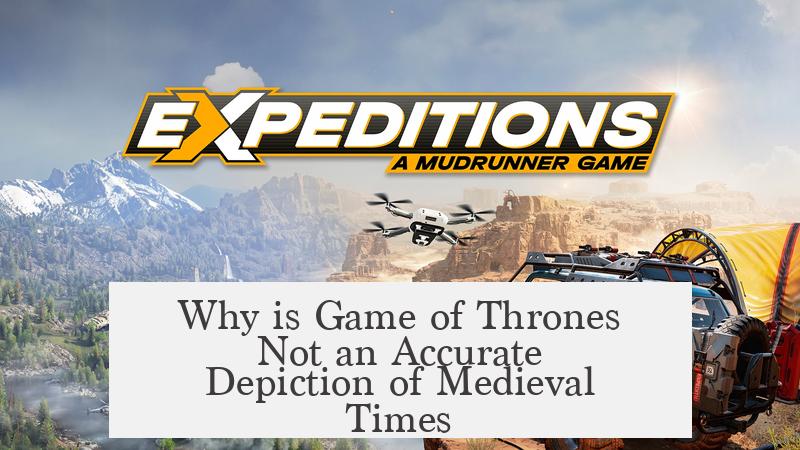
Game of Thrones (GoT) is not an accurate depiction of medieval times. That’s the truth, laid out in bold and clear terms before you dive into the dragons, swords, and epic battles. George R.R. Martin’s creation draws much inspiration from medieval Europe but is essentially a fantasy world crafted to tell a gripping story. It’s a rich stew of ideas pulled from different times and cultures, woven together in a dramatic tapestry – but it’s not a documentary service on the Middle Ages.
First off, GoT’s setting—Westeros—isn’t just medieval Europe with a twist. It’s a fictional realm shaped entirely by Martin’s imagination. It behaves according to his rules and needs. Medieval Europe influences appear but only as part of a greater fantasy cocktail. Fans often fall into the trap of assuming they’re watching a historically accurate series, but that’s like saying a dragon is a common farm animal. It’s not about being real; it’s about enhancing drama and character development.
Game of Thrones: A Fantasy World, Not a History Book
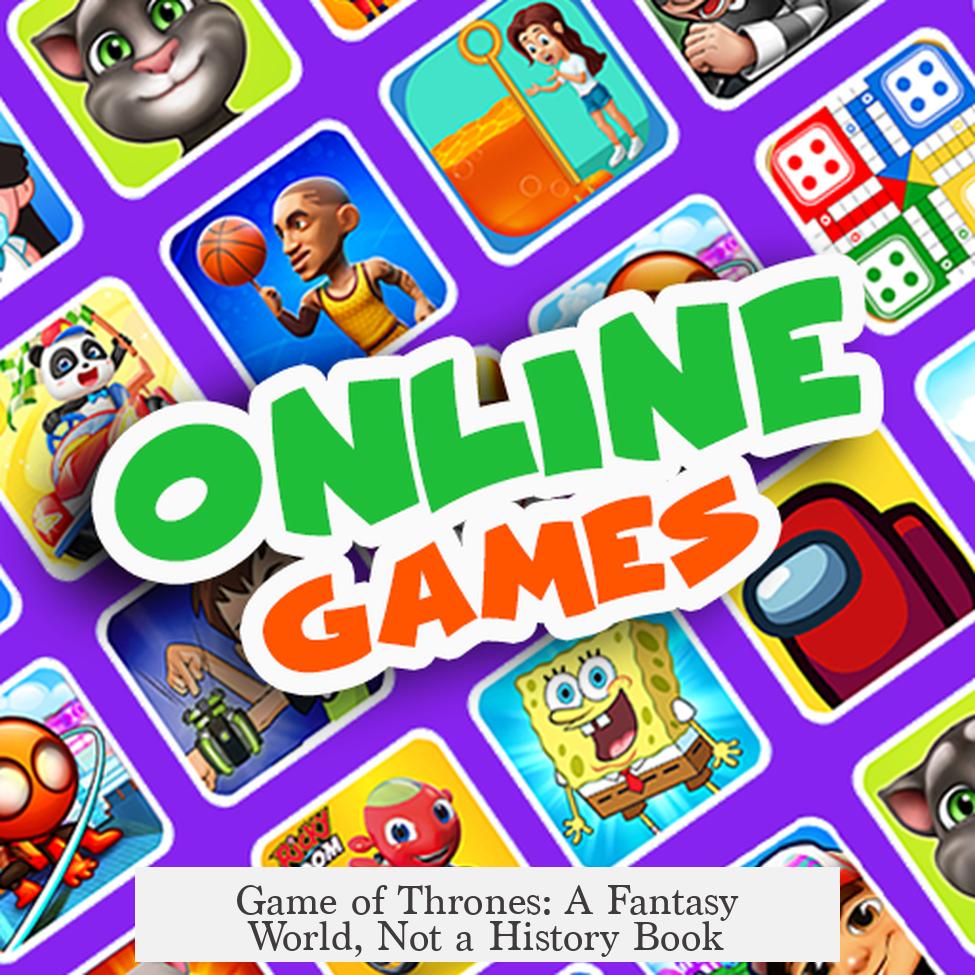
Westeros is a land like no other, and its story borrows icons and concepts from various human histories. However, medieval times were complex. People wore chainmail and knightly armor, sure, but GoT’s references to society, politics, and daily life do not intend to exactly replicate this era. The show depicts a kind of “Medieval Plus” world with dragons, white walkers, and anachronistic ideas that would puzzle any medieval historian.
For example, the show’s communication system is a curious blend of old and fantasy. Ravens, the famous messengers of GoT, are a sharp contrast to reality. No medieval European army sent ravens with messages fluttering through the air like pigeons—this is a fantasy innovation likely to make the storyline smoother and more exciting.
The Modern Twists in a Medieval Fantasy
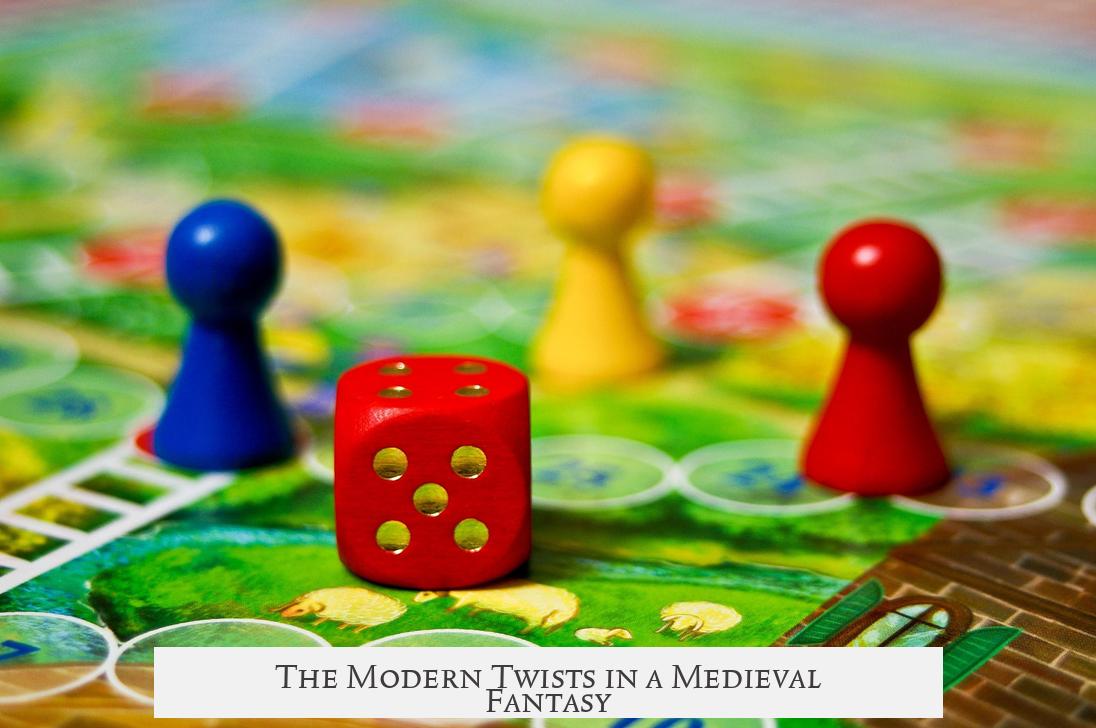
While we expect some creative license in GoT, what stands out is the inclusion of surprisingly modern social concepts. Take Tyrion Lannister’s refusal to consummate his marriage with Sansa Stark. When he declares he will not rape her, it introduces the modern understanding of marriage and consent. This is an idea rooted in contemporary discussions around marital rape—a topic medieval societies largely ignored or mishandled legally.
In fact, medieval legal codes such as the Decretum Gratiani explicitly stated that spouses could not vow abstinence without each other’s consent, showing a framework very different from today’s norms. The inclusion of modern language about rape and consent highlights the blending of past and present in GoT’s storytelling. It makes for compelling drama, but it doesn’t reflect medieval law or social expectations.
Common Medieval Myths vs GoT Realities
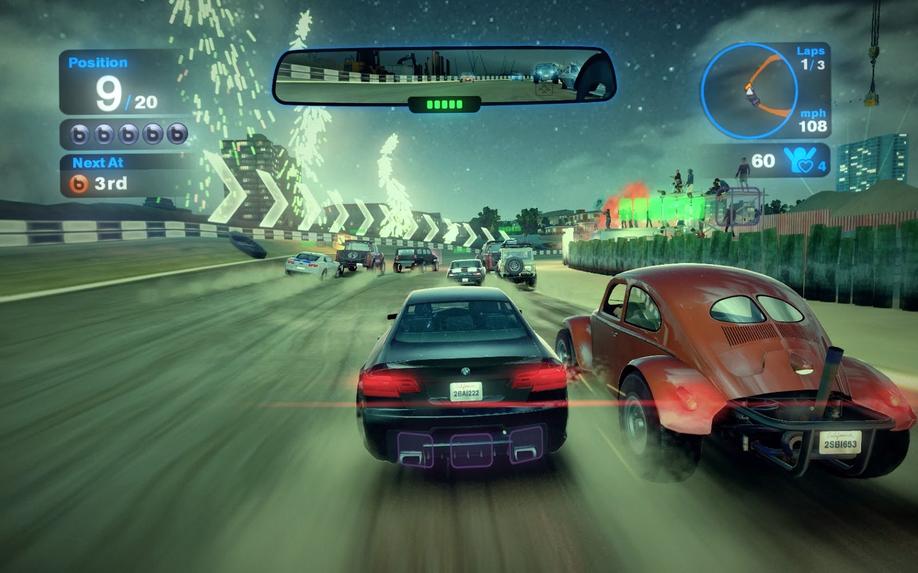
- Medicine and Morphine: GoT sometimes slips into anachronism with its depiction of medical practices. Medieval Europe didn’t have morphine; it’s a 19th-century invention based on poppies. The show’s occasional hints at advanced medicines or painless surgeries don’t mirror the brutal reality of medieval medicine, which was often crude and painful.
- Chivalry and Weaponry: The knights and swords look authentic, but their behavior often violates actual medieval codes of conduct or warfare norms. Feudal loyalty could be brutal, but GoT’s intrigue takes it to cinematic extremes—sometimes charming, sometimes chaotic.
Why Does This Matter to Us?
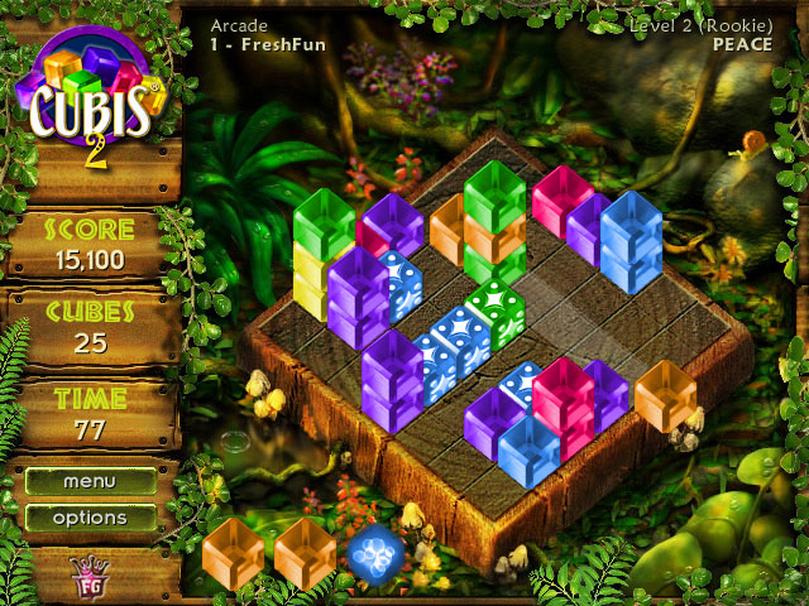
If you’re a fan of historical accuracy, this can be a letdown. But if you see GoT as a thrilling fantasy saga, it’s exhilarating. The show’s magic, dragons, and complex characters work far better freed from the shackles of strict historicity. Letting GoT be what it is—amalgamated fantasy—improves your watching experience and your understanding of history, since you’re less likely to confuse myth for fact.
When analyzing any historical drama, it’s wise to ask: “Is this fact or fiction?” Understanding the difference makes you a smarter viewer. Take lessons from real medieval history separately, and enjoy GoT’s twists on a vivid fictional world.
Practical Tips for History Buffs and Fantasy Fans
- Use GoT as a jumping-off point to explore medieval culture, politics, and warfare—but don’t rely on it as a source of facts.
- Compare GoT themes with actual medieval texts or museums—doing so highlights interesting contrasts.
- Enjoy the modern themes like consent and justice as ways the story interacts with today’s world, showing how timeless struggles adapt to new contexts.
Game of Thrones dazzles with drama, but it’s no tutor in medieval times. By appreciating it as a fantasy — an “alternate history” where dragons breathe fire and the impossible happens — you set yourself up for better understanding and more enjoyable viewing.
“Game of Thrones gives an exciting peek into a world inspired by the past, but at the end of the day, it is a story of fantasy where the rules of history don’t always apply.”
So next time you binge the series, remember: Westeros is a mirror to medieval Europe, but with dragons in the reflection.
